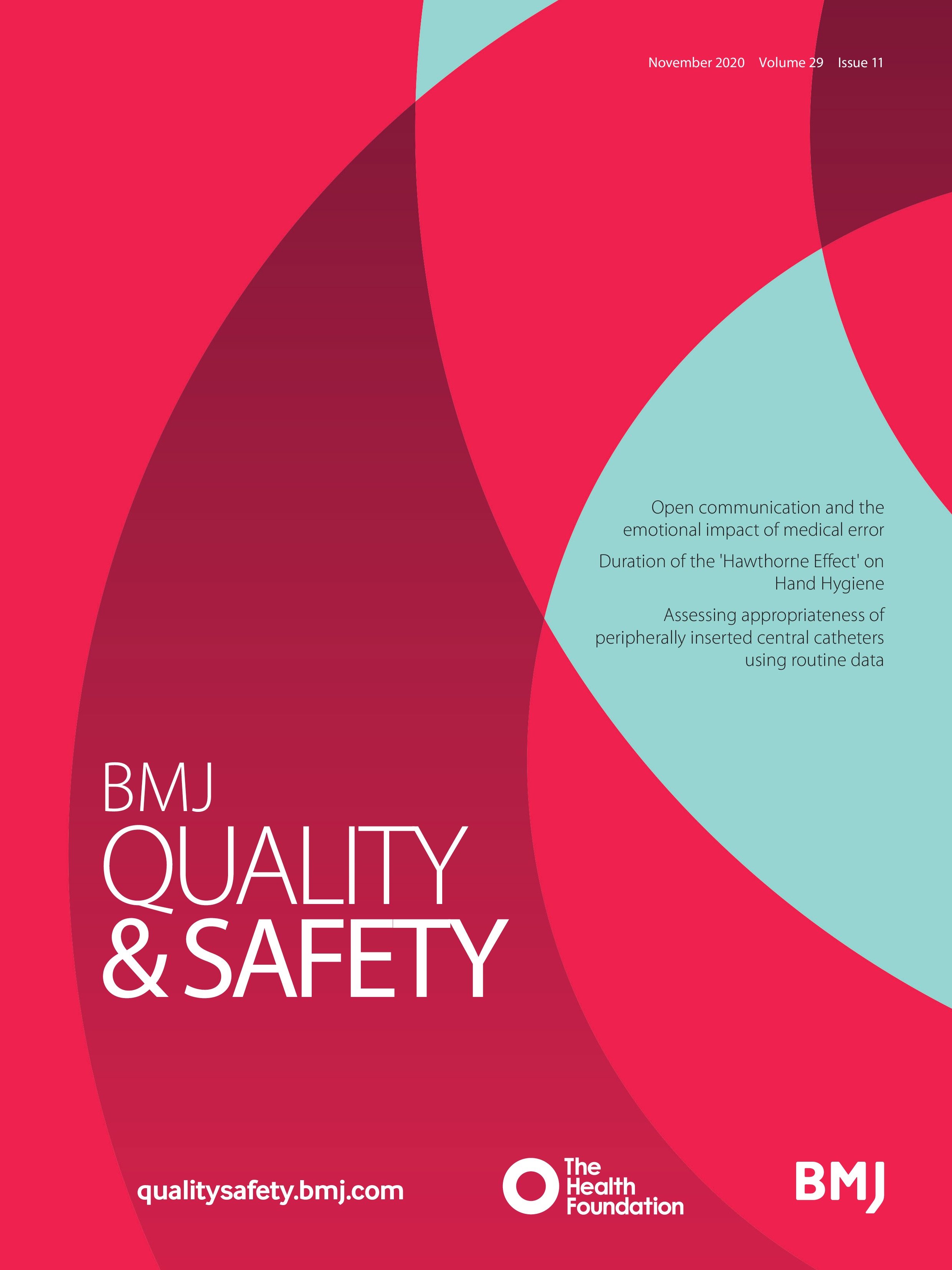Objective
To estimate the incidence of avoidable significant harm in primary care in England; describe and classify the associated patient safety incidents and generate suggestions to mitigate risks of ameliorable factors contributing to the incidents.
Design
Retrospective case note review. Patients with significant health problems were identified and clinical judgements were made on avoidability and severity of harm. Factors contributing to avoidable harm were identified and recorded.
Setting
Primary c are.
Participants
Thirteen general practitioners (GPs) undertook a retrospective case note review of a sample of 14 407 primary care patients registered with 12 randomly selected general practices from three regions in England (total list size: 92 255 patients).
Main outcome measures
The incidence of significant harm considered at least 'probably avoidable' and the nature of the safety incidents.
Results
The rate of significant harm considered at least probably avoidable was 35.6 (95% CI 23.3 to 48.0) per 100 000 patient-years (57.9, 95% CI 42.2 to 73.7, per 100 000 based on a sensitivity analysis). Overall, 74 cases of avoidable harm were detected, involving 72 patients. Three types of incident accounted for more than 90% of the problems: problems with diagnosis accounted for 45/74 (60.8%) primary incidents, followed by medication-related problems (n=19, 25.7%) and delayed referrals (n=8, 10.8%). In 59 (79.7%) cases, the significant harm could have been identifie d sooner (n=48) or prevented (n=11) if the GP had taken actions aligned with evidence-based guidelines.
Conclusion
There is likely to be a substantial burden of avoidable significant harm attributable to primary care in England with diagnostic error accounting for most harms. Based on the contributory factors we found, improvements could be made through more effective implementation of existing information technology, enhanced team coordination and communication, and greater personal and informational continuity of care.





